How Australian wireless pioneer ‘Mrs Mac’ and her Morse code ‘girls’ helped win WWII
When wireless pioneer Violet McKenzie realised Australia was short of Morse code operators as WWII approached, she opened a free school and trained thousands of young women. LISTEN TO THE PODCAST.
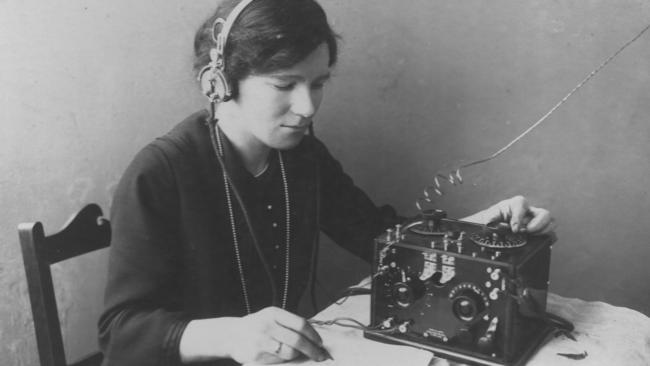
Black and White
Don't miss out on the headlines from Black and White. Followed categories will be added to My News.
“MRS Mac” was one of Australia’s wartime legends, yet her name barely rates a blip on the radar today.
By the end of World War II, Violet McKenzie and her instructors had taught at least 12,000 men and 3000 women the art of Morse code and other signalling techniques.
Mrs Mac is the subject of the latest episode of the free In Black and White podcast on Australia’s forgotten characters, available today.
Her inspirational story is told in a new book, Radio Girl, by Canberra writer David Dufty.
“This was an Australian woman who did incredible things and doesn’t seem to get enough recognition,” Dufty says.

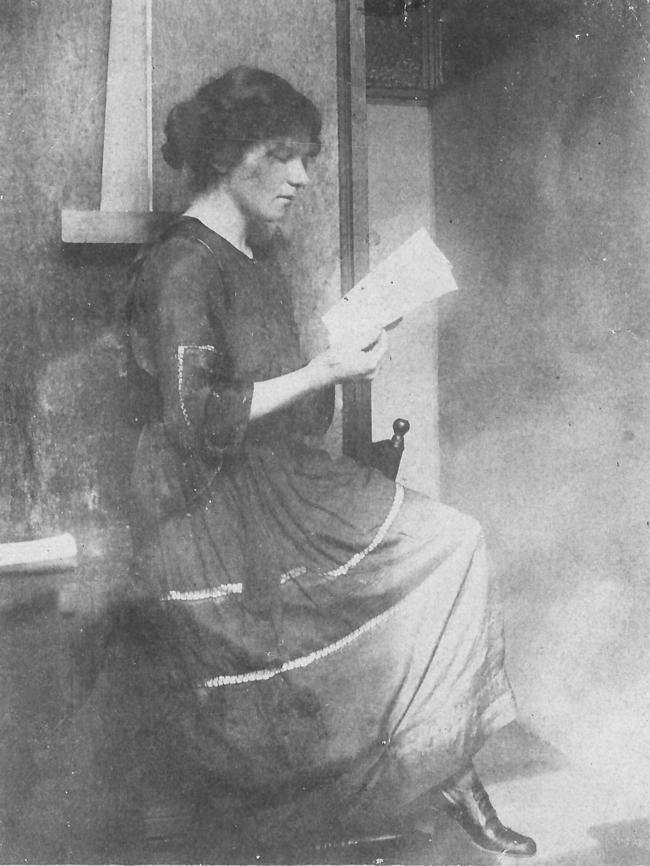
Mrs Mac was Australia’s first woman engineer, a successful entrepreneur, founder of Sydney’s first electronics shop, a magazine publisher, and author of a best-selling recipe book when electric cookery was in its infancy.
She was a pioneer of radio on and off the air, the first Australian woman to have an experimental broadcaster’s licence, and the first to have the radio licence needed then just to listen to radio.
But her greatest achievement was training many thousands of Morse code operators before and during WWII.
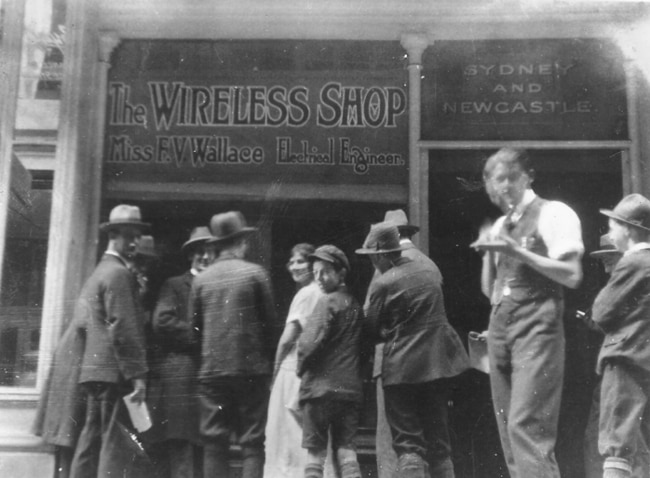
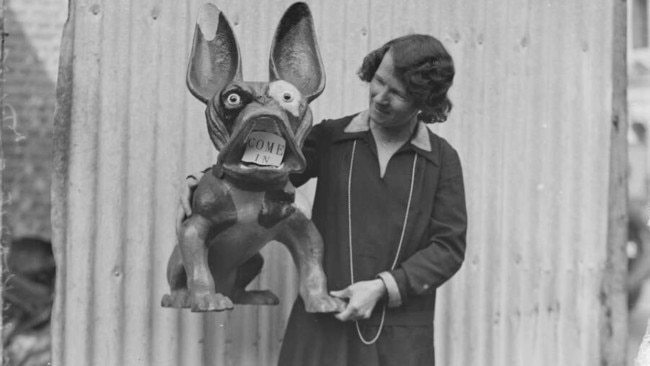
“When the second world war came, she did this incredible thing,” Dufty says.
“She saw war coming, and she realised Australia was going to run out of Morse code operators, so she trained young women in Morse code and signals in a woolshed in Sydney.
“And then when the country actually did run out and the government was appealing for anybody who knew this stuff, she went to them and said, ‘Look, I’ve trained all these women up to the standards required by the military; do you want them?’
“And she was actually responsible for getting women into the armed services in the second world war in Australia.”
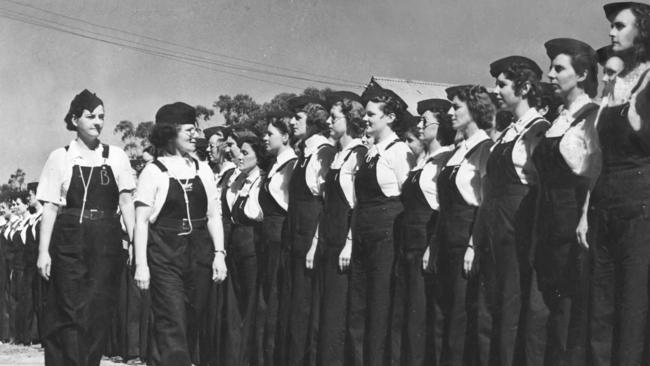
McKenzie, who was made an honorary flight officer in recognition of her work, was always affectionately known by her students as Mrs Mac, and she in turn called them “my girls”.
Her Morse code school, funded from her own pocket, was so efficient in training young women in the difficult skill that many of her students went on to train men for the war.
“She was an excellent teacher,” Dufty says.
“She was running a fantastic training school and she was turning out women who could do signals faster than the Army was turning them out and much more efficiently, to the extent that eventually her women ended up training the Australian men in the signals corp in morse code.”
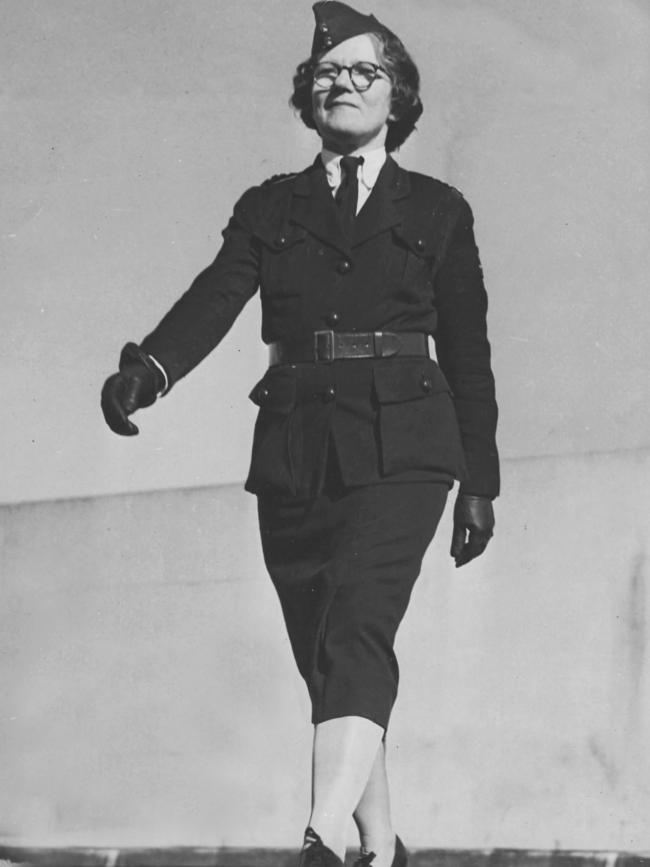
Mrs Mac’s success in training highly sought after morse code operators was in part attributed to her unconventional methods, drawing on mnemonics and musical cues.
All the women at Mrs Mac’s training school, called the Women’s Emergency Signalling Corps or Sigs for short, wore smart uniforms. Lessons were free.
Before the war, McKenzie was a fierce advocate of the power of electricity and electric appliances to free housewives from the drudgery of domestic labour.
“She believed that electricity could be the saviour of women,” Dufty says.


“It could liberate women, because before electrical appliances women spent an enormous amount of time in the home doing housework. They’d spend an entire day washing clothes basically.”
With that in mind, Mrs Mac created the Electrical Association for Women, and gave talks and demonstrations at local shops encouraging women to transform their lives by embracing the new technologies.
“She wanted to educate the women of Australia in the magnificent benefits that these new electrical appliances like vacuum cleaners and washing machines and electric stoves could have for them so they could free up their time and do other stuff with their lives rather than just stay at home and do housework all day,” Dufty says.
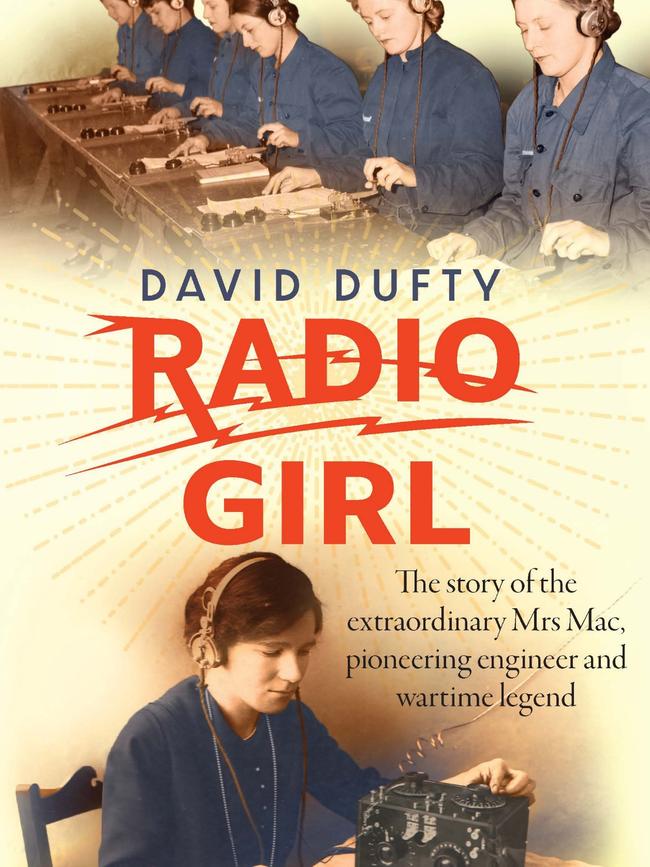
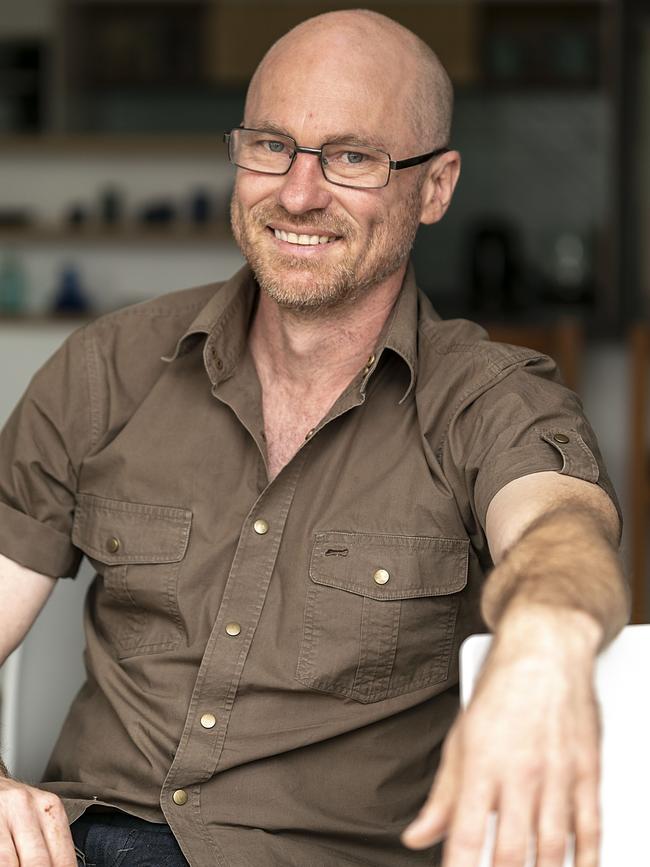
Listen now to the interview with author David Dufty in today’s new free episode of the In Black and White podcast on Australia’s forgotten characters on Apple/iTunes, Spotify, web or your favourite platform.
And listen to our previous episodes including the unexpected Melbourne love story of WWII, the indefatigable Janet Lady Clarke and the Ashes Urn, and why John Batman’s wife Eliza had to live in his basement.
And see In Black & White in the Herald Sun newspaper Monday to Friday for more stories and photos from Victoria’s past.
